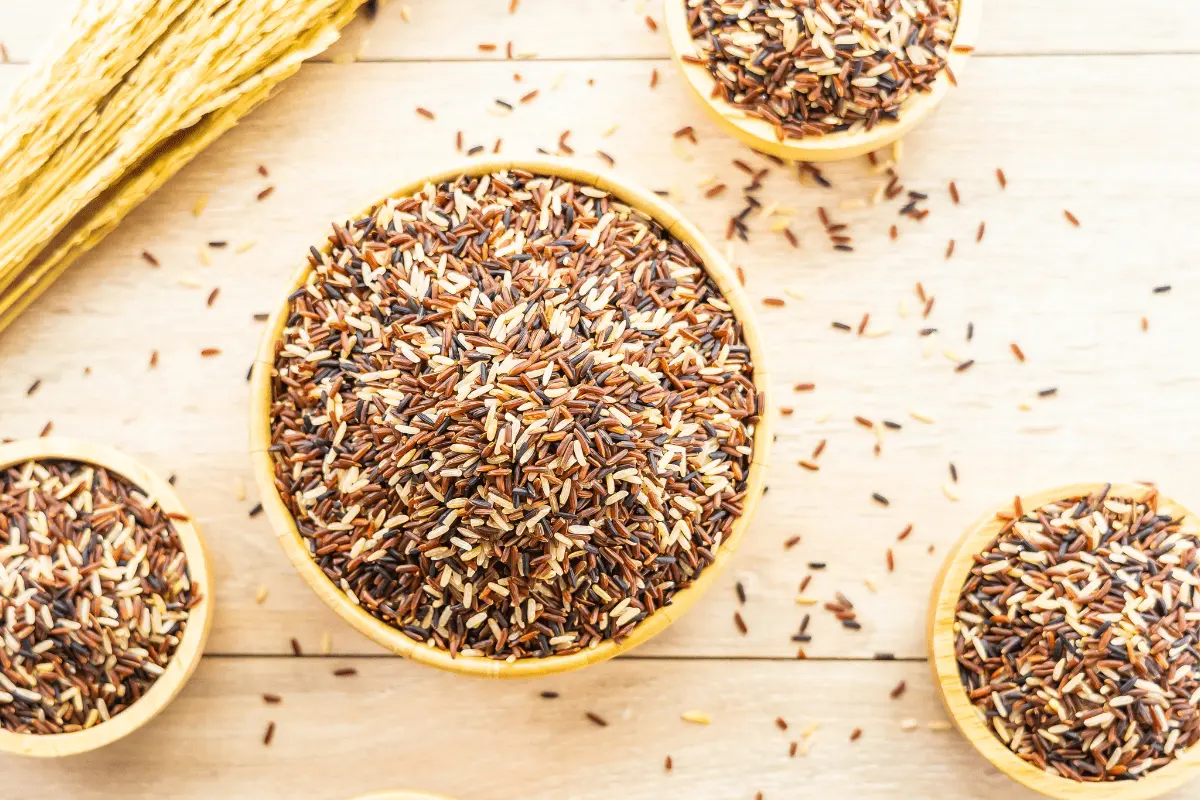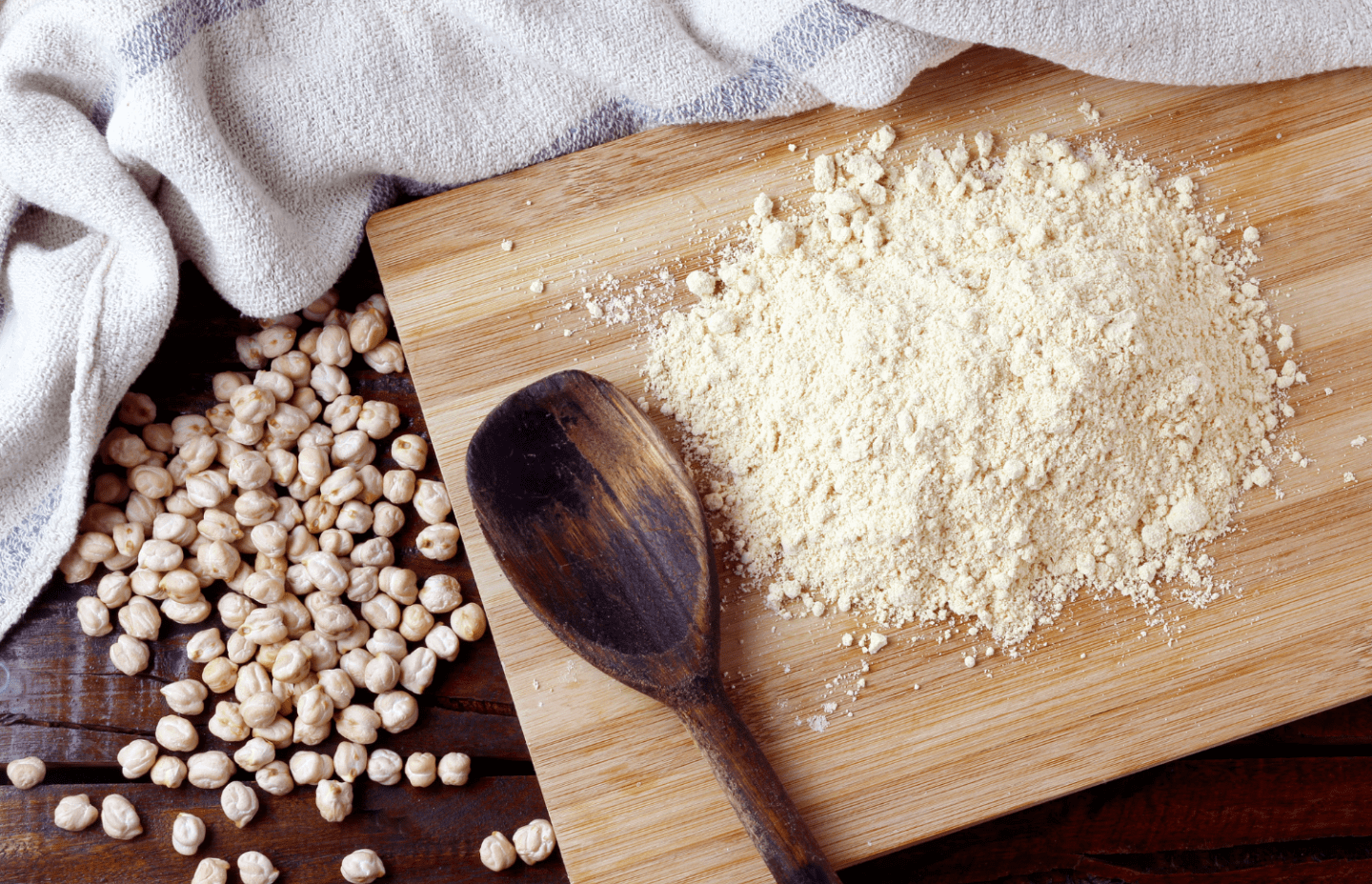
A piping hot bowl of glistening white rice, with a dollop of ghee and golden yellow glimmering dhal on the side. Mouth-watering is it not? Now imagine the same setting and replace this gleaming white rice with earthy brown rice instead. That’s a lot of goodness combined! Now, what is all the hype about brown rice? Let us find out.
Brown rice is considered the healthiest variety of type of rice, it is more nutritious than its white counterpart. Its outer protective shell called the hull (the bran and the germ layers) retains a significant amount of nutrients. These layers are removed by way of processing when manufacturers manufacture white rice. Brown rice is also higher in fiber, magnesium, and other nutrients.
Health benefits of consuming brown rice:
- Digesting brown rice triggers the slow release of sugar into the blood and therefore it helps stabilize blood glucose levels. It is hence a smarter food choice for those with diabetes.
- Fibre-rich brown rice helps prevent carcinoma; in other words, these fibers attach to substances that cause cancer or toxins within the body and remove them from attaching to the colon wall.
- Brown rice is rich in powerful antioxidants that protect the body from damage caused by oxygen free radicals, using an antioxidant enzyme called superoxide dismutase.
- Due to the fiber content in brown rice, it makes digestion much easier and also helps in keeping the stomach full for a longer time.
- It is a whole grain that helps cut back the build-up of plaque and reduces the chance of cardiopathy and high cholesterol.
What makes brown rice different from white and wild rice?
Wild rice is actually a species of grass, with at least 30 percent fewer calories than brown rice as well as 40 percent more protein. Wild rice also contains more fiber, potassium, and zinc, and several times more manganese- a mineral needed for stronger bones and metabolic function. Brown rice and wild rice are both gluten-free and are healthy delicious alternatives to white rice.
The germ, bran, and endosperm components present in brown rice are packed with different
minerals, vitamins, and proteins that offer nutritional value. White rice is generally stripped of these components during the processing stage. Brown rice contains more Niacin, phosphorous, and Vitamins B1 and B6 as well compared to white rice.
How can you cook brown rice so that it stays healthy and tasty?
Soaking any grain /legume before cooking as a thumb rule, enhances its nutritive value as well as hastens the speed of cooking. Choosing an organic brand while shopping for grains also makes a lot of difference in the quality of the output. Now with brown rice, take the required quantity in a bowl, and wash and rinse the rice multiple times to get rid of its impurities. Allow the rinsed grains to soak for about 15 minutes at least. You may also soak it for a longer time. Drain this water and empty the rice into a pot, add fresh water to it and bring it to a boil. Cover and bring this to a simmer for 15 to 20 minutes on low flame. By now the rice will be cooked. Switch off and allow this to rest for about five minutes. Open and fluff up the rice and allow this to rest for another 10 to 15 minutes.
Brown rice is as versatile as white rice, healthier, and easier on the stomach. Sounds ideal does it not?
Buy online : https://www.bigbasket.com/pd/40084426/safe-harvest-sona-masuri-unpolished-brown-rice-pesticide-free-1-kg/







